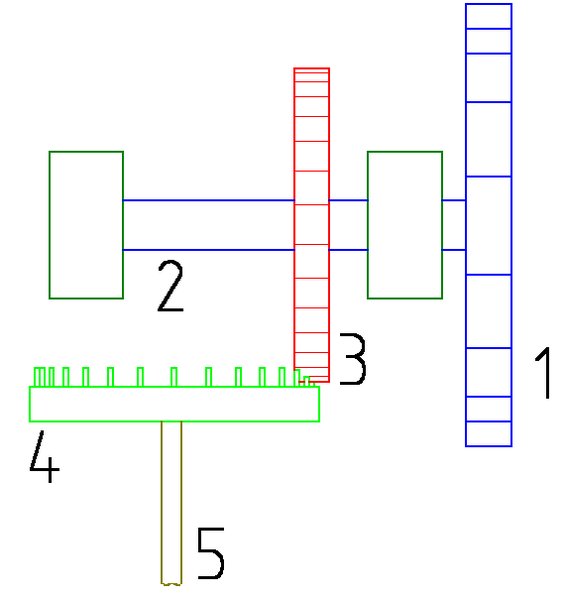 What really happens when you file bankruptcy?
What really happens when you file bankruptcy?
After your Chapter 7 case is filed, not much happens.
Here’s what happens
The heavy work is making the decision to file; gathering information for complete schedules; and getting the required credit counseling.
After filing, you must provide the trustee tax returns, paystubs if you get them, and any other documents requested.
Appearance at the first meeting of creditors is required. You must bring to the meeting proof of your identity in the form of government-issued picture ID and proof of your social security number.
After going to court
If you intend to reaffirm debts that are secured by personal property like a car, the reaffirmation agreement must be completed within 45 days of the first meeting of creditors.
Take the required financial management class and file the certificate of completion, and you’re ready for the discharge when the 60 day period for creditors objections has run.
Creditors have the right to object to the discharge of their debt if they can prove the debt is the result of some form of dishonesty.
Creditors or the trustee can contest your discharge if they can prove you lied on your schedules or otherwise treated creditors or the bankruptcy system unfairly.
These objections are quite rare.
The court mails the discharge order to you and to all of the creditors listed on your schedules. It affects debts or legal claims that existed when you filed the case.
Unfortunately, it doesn’t list the debts that are discharged, just that you got a discharge.
You are ready to rebuild your financial life. 8 Things To Maximize Your Discharge.
Read more
How to decide if bankruptcy is right
What happens at the 341 meeting
Image courtesy of Wikimedia
